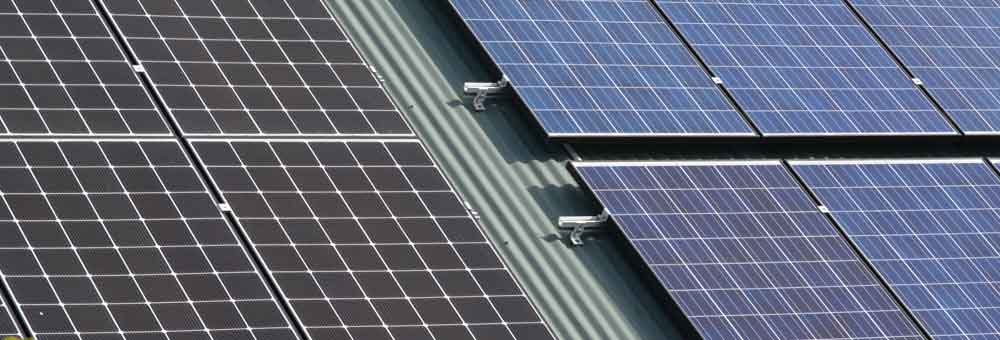
Your Complete Guide to Choosing the Right Solar Panel
If you’ve been exploring solar energy options, you’ve likely come across the terms Monocrystalline vs. Polycrystalline Solar panels. Confused? Don’t worry—you’re not alone. These two types of solar panels dominate the market, and while they might sound like fancy tech jargon, understanding the differences is simpler than you think.
In this blog, I’ll break down the nitty-gritty of monocrystalline and polycrystalline panels, compare their pros and cons, and help you figure out which one suits your needs. And hey, if you want to dive deeper into the basics of solar panel lingo, don’t miss my blog on What’s in a Panel? Understanding Solar Panel Terminology.
Monocrystalline Panels: The Premium Pick
Monocrystalline panels are like the luxury cars of the solar world—sleek, efficient, and slightly more expensive. These panels are made from a single, pure silicon crystal, which is why they have a uniform, dark black appearance.
Why Go Mono?
- Higher Efficiency
The efficiency rates of monocrystalline panels are greater, usually ranging from 17% to 22%. This means they convert more sunlight into electricity, making them perfect for areas with limited space. - Longer Lifespan
Thanks to their high-quality materials, monocrystalline panels have a longer lifespan, often lasting 25–30 years or more. - Great for Extreme Conditions
These panels perform better in high temperatures and low-light conditions, so they’re reliable even on those cloudy Karachi days.
The Downsides
- Cost: The premium performance comes with a higher price tag.
- Wasteful Production: The manufacturing process wastes more silicon, making it less eco-friendly compared to polycrystalline panels.
Polycrystalline Panels: The Budget-Friendly Option
Polycrystalline panels are like the dependable family car—affordable, functional, and good enough for most purposes. These panels have a bluish, speckled appearance because they are composed of many silicon crystals that have melted together.
Why Pick Poly?
- Lower Cost
Polycrystalline panels are cheaper to produce, which translates to lower upfront costs for you. - Environmentally Friendly
The manufacturing process wastes less silicon, making polycrystalline panels the greener choice in production. - Good Performance
While not as efficient as monocrystalline panels, polycrystalline panels still offer decent performance, especially in areas with ample sunlight.
The Downsides
- Lower Efficiency: Efficiency rates are usually between 15% and 17%, meaning you’ll need more panels to generate the same amount of power.
- Shorter Lifespan: While still durable, polycrystalline panels generally don’t last as long as their mono counterparts.
Which One Should You Choose?
The choice between monocrystalline and polycrystalline panels boils down to your priorities. Here are some common scenarios:
- Limited Space? Go for monocrystalline panels. Their higher efficiency means you’ll need fewer of them.
- On a Budget? Polycrystalline panels are easier on the wallet, especially for larger installations.
- Looking for Durability? Monocrystalline is the better bet if you want panels that stand the test of time.
For the Pakistani market, where sunlight is abundant, both options can work well. However, if you’re setting up in urban areas with limited rooftop space, investing in monocrystalline panels might be worth it.
A Quick Comparison Table
| Feature | Monocrystalline | Polycrystalline |
| Efficiency | 17–22% | 15–17% |
| Appearance | Dark black | Bluish, speckled |
| Cost | Higher | Lower |
| Lifespan | 25–30 years | 20–25 years |
| Performance in Heat | Better | Good |
| Eco-Friendliness | Less | More |
Solar Panels That Fit Your Needs
Choosing between Monocrystalline vs. Polycrystalline Solar panels isn’t about which one is “better”—it’s about which one is better for you. If efficiency, durability, and aesthetics matter most, monocrystalline is your best bet. But if you’re looking for a cost-effective solution that gets the job done, polycrystalline panels won’t disappoint.
Solar energy is all about making the most of what you have, and both types of panels have their place in creating a cleaner, brighter future. So, whether you’re looking to save on bills, go green, or just be less dependent on the grid, solar energy is a step in the right direction.







